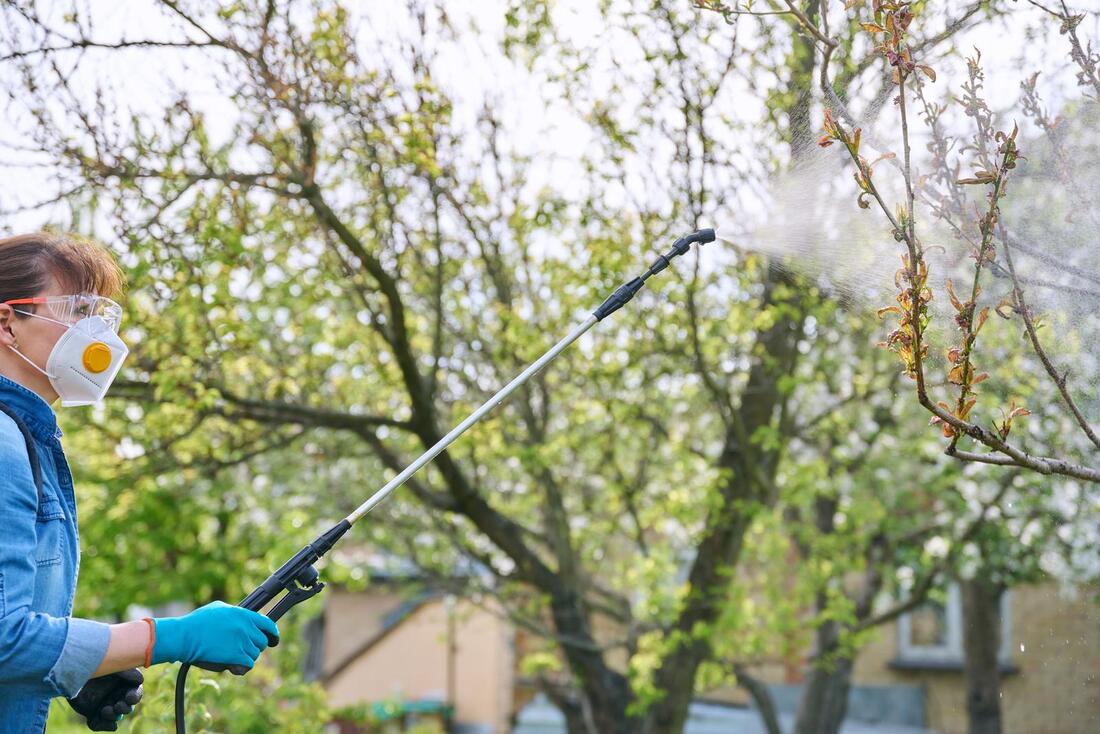
If you suspect pest problems based on these 12 signs, it's essential to identify the specific pest involved. You can do this by consulting with a local tree service or contacting your local agricultural extension office. They can provide guidance on how to manage the issue effectively, whether it's through natural remedies, pesticides, or other control methods. Early detection and intervention are key to preserving the health of your trees.
Detecting pests on your trees requires careful observation. Here are some signs to look for:
For a free inspection and estimate, call Boise Valley Tree Service at (208)914-6923
- Visual Inspection: Regularly inspect your trees for any unusual signs. Look for discolored, wilting, or yellowing leaves. Also, check for spots, holes, or deformities on the leaves.
- Bark Damage: Examine the bark for cracks, holes, or tunnels. Pests like borers and ants can create entry points into the tree through the bark.
- Insect Activity: Look for insects on the tree, leaves and trunk. Some pests may be easy to see, but others may be hidden under leaves or crevices.
- Leaf Damage: Pay attention to the type of damage to the leaves. Chewed or skeletonized leaves may indicate caterpillars or beetles. Sticky or honeydew-covered leaves might be a sign of aphids or scale insects.
- Wilting or Dying Branches: If you notice branches wilting or dying despite sufficient water, it could be a sign of pests. Some pests disrupt the tree's ability to transport water and nutrients.
- Stunted Growth: Slow or stunted growth can be a symptom of a pest problem. Pests can interfere with a tree's ability to photosynthesize and grow.
- Presence of Eggs or Larvae: Inspect the undersides of leaves and crevices in the bark for insect eggs, larvae, or pupae.
- Sap or Resin: Check for an unusual amount of sap or resin oozing from the tree. This can be a defense mechanism against certain pests.
- Ant Activity: Ants are sometimes an indicator of pest problems. They can farm aphids and protect them from natural predators, so if you see ants on your tree, investigate further.
- Weakened Foliage: If the foliage appears weak, with a loss of vigor or color, it may indicate a pest issue. A weakened tree is more susceptible to pests and diseases.
- Fruit Damage: If your tree produces fruit, check the fruit for signs of damage, such as holes or rot. This could be a result of fruit-eating pests.
- Webbing: Some pests, like spider mites and tent caterpillars, create webbing on trees. Look for this unusual structure.
For a free inspection and estimate, call Boise Valley Tree Service at (208)914-6923
